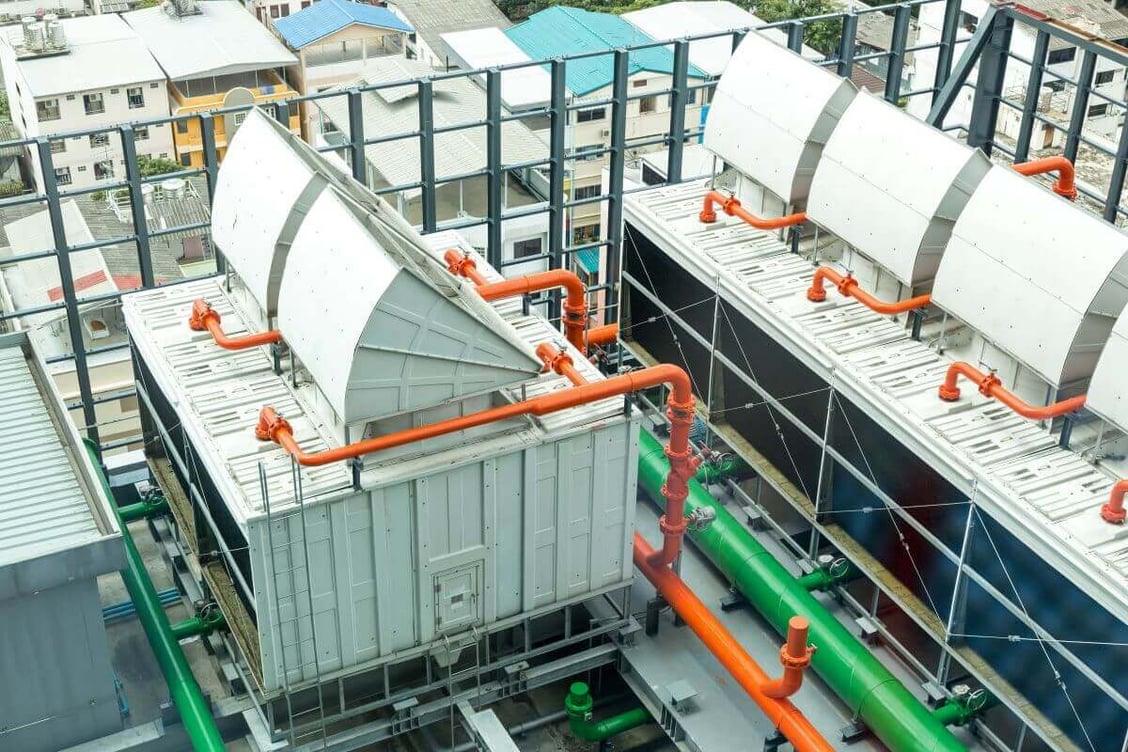
Among other topics related to environmental sustainability, water conservation is beginning to enter the conversation more within the data center industry. Learn why data centers must assess their water usage and determine whether they need to take steps to better conserve water.
Growing Data Center Sustainability Concerns
The data center industry is increasingly focusing on becoming more environmentally responsible. This conversation is often focused on topics such as power efficiency and reduced carbon emissions. Additionally, concerns over water conservation are coming to the forefront amid a growing awareness that water is a finite resource that must be used responsibly.
In fact, three of the world’s largest data center operators—Google, Microsoft and Facebook—have recently made water sustainability commitments. Namely, these tech giants plan to be “water positive” by 2030. This entails using water more efficiently in their operations and replenishing more water to the environment than they consume.
How Much Water Do Data Centers Use?
It’s difficult to pinpoint exactly how much water data centers use because many don’t measure their consumption. As awareness of this sustainability issue continues to intensify, more data centers are likely to start turning a critical eye to their water consumption.
One study estimated that every megawatt-hour of energy a data center consumes requires 7.1 cubic meters of water. However, the researchers noted that factors such as the local power plants can make this number vary significantly. Another source estimates that data centers use 1.8 liters of freshwater per kilowatt-hour of IT power consumed. Another estimate is that a typical data center goes through “3-5 million gallons of water per day—the same amount of water as a city of 30,000-50,000 people.”
Estimates vary widely depending on the types of water consumption they include, but the simple answer is that data centers use a lot of water—especially if they employ evaporative cooling systems. These systems use the process of evaporation to reject IT heat from the data center chiller systems. Evaporative cooling systems typically offer a lower capital cost and lower operational costs than other cooling technologies. However, there are downsides involved in opting for more water consumption in the interest of lower costs as data center water usage presents environmental concerns of its own.
Ultimately, choosing the best cooling option for your data center involves weighing a number of (sometimes competing) considerations, including efficiency, sustainability, capital cost, operating cost, and cooling performance—making this a complex decision.
Challenges in Measuring Water Consumption
One of the issues with water consumption is that data centers do not prioritize tracking this metric like they do others. Less than a third of data center operators are currently measuring water consumption. In contrast to power usage effectiveness (PUE), the focus on data center water usage effectiveness (WUE) is relatively new and “is driven by environmental sustainability, not cost savings, since the cost of water is relatively negligible.”
One of the challenges in calculating water consumption is that a true measure of a data center’s impact goes beyond the water used in cooling in the data center to water used throughout the value chain. This means it extends to indirect sources of water consumption, such as the water consumed by power utilities plants and even wastewater treatment plants.
Producing electricity is known to use far more water than data centers use directly for cooling, so this is an important part of the overall picture when it comes to water consumption and conservation. As we’ve seen with carbon emissions, it’s more difficult to track these indirect sources, but they should be a point of focus for sustainability-minded data centers.
Efforts to Improve Water Conservation
There are a few ways data centers can prioritize water conservation from data center design through day-to-day operations:
Consider data center location.
New data center projects should consider the importance of location and avoid desert areas that deal with water scarcity, such as Arizona or California. These regions are traditionally popular choices for data centers, but heavy water consumption in these locations presents a more immediate problem for local governments and populations compared to most other parts of the country.
Choose cooling strategically.
Data centers can also factor water conservation into their cooling choices during initial data center design or renovation and expansion projects. It’s important to note, however, that there may be a tradeoff between water and power usage. Determining which of these concerns to prioritize may depend on your data center’s location (both in terms of water scarcity and climate) and your short-term and long-term sustainability goals.
Track water consumption.
There is a lot of truth to the adage, “You can't manage what you can't measure.” One of the ways data centers can be more mindful of water conservation is simply by starting to track this metric. Even if you don’t begin with a broader perspective that includes your whole value chain, start by tracking the water your facility uses directly in cooling systems and look for ways to reduce or offset your water consumption.
Learn More About Data Center Cooling
Water conservation is one concern among many when it comes to data center cooling and sustainability. To learn more about the other factors that go into cooling choices and best practices for modern cooling technology, download our Complete Guide to Data Center Cooling.


Comments